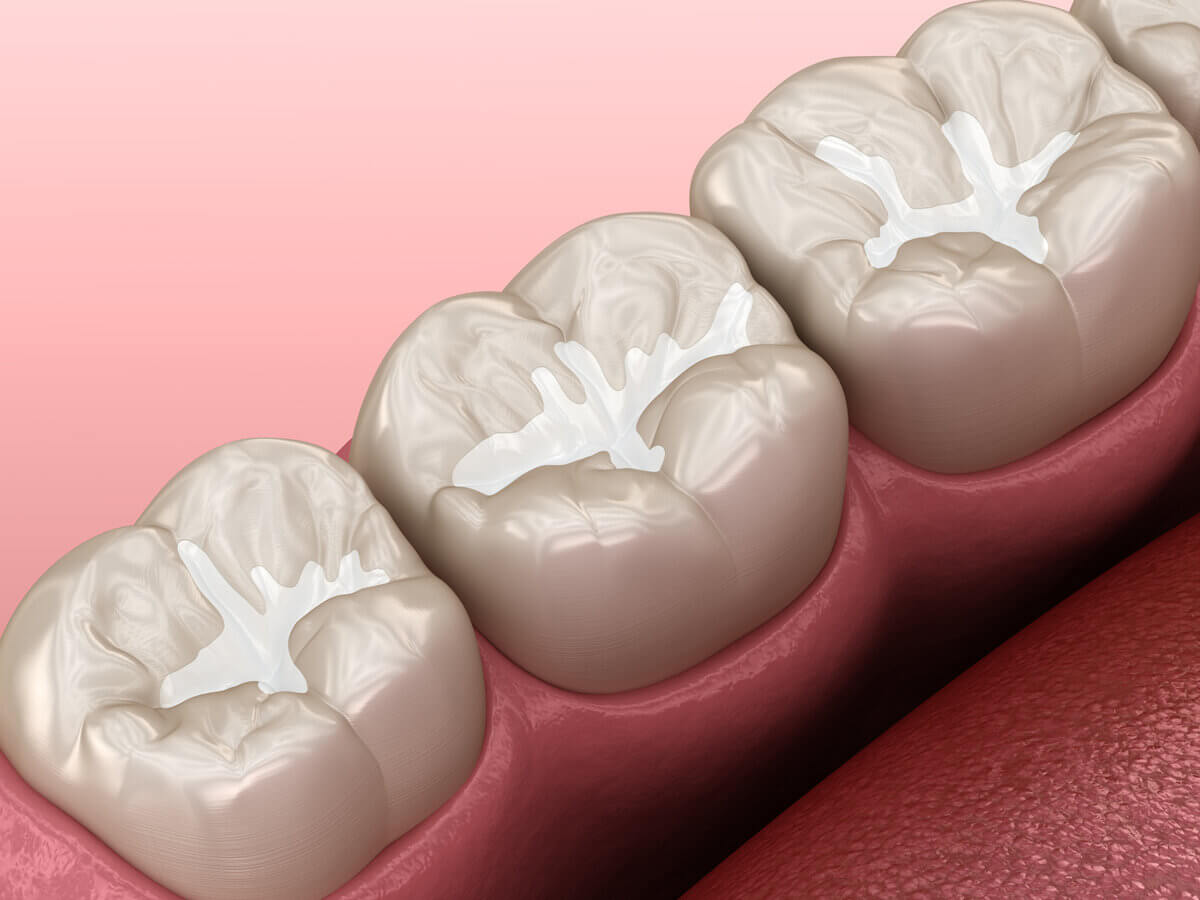Blog
Dental hygiene tips for healthy teeth & gums

How Can You Solve The Dental Sealants Issues?
Dental Sealants are plastic layers painted on the back surface of the teeth. It makes teeth decay-resistant, and dental sealants might consider the plastic coating a scaled-down filling. They create a protective layer on the teeth.
The placement of dental sealants is painless because the tooth enamel contains no nerves. The dentist gives the sealants to examine the tooth or teeth that need fixing. If they notice any negligible root, it is taken out. The tooth is then cleaned and dried. This process is easy and convenient for protecting teeth with minimal materials.
Dental sealants are applied on the unpleasant surface to assist the sealant with sticking better to the tooth. Then, the tooth is again flushed and dried before painting the plastic pitch on the tooth and solidifying it in minutes using a bright light. It is also necessary to consult the dentist before getting dental sealants, as they can assist you with the best advice that suits your oral health.
Dental sealants safeguard against 80% of cavities for several years after application, and the insurance goes against 50% for a long time after the application. The sealant stays on the children’s teeth for roughly nine years. As a rule, dental sealants need re-application since they are inclined to chip and wear off.
What might dental sealants do?
Tooth decay issues are common in molars and premolars. The biting surfaces of your teeth can get spots to plaque development and can be cleaned by brushing and flossing. Sealants are powerful at covering over and guarding the back of your teeth.
When joined with proper brushing, flossing, and flushing propensities, a tooth sealant can protect the cavities building a protective layer for appropriate oral hygiene. These are great choices to prevent early dental issues.
How do Dental Sealants help protect against cavities?
To know how a sealant shields your teeth from cavities, you need to understand what tooth decay is and how it can cause an opening in your tooth called a cavity.
What is a tooth cavity?
Tooth decay harms tooth enamel or the hard external shell of regular teeth, your dentist might call tooth decay cavities. The harm to your teeth happens when decaying microorganisms on the outer layer of a tooth blend in with the acids in the food sources and beverages you eat.
At the point when the corrosive and microbes blend, they respond and make minuscule crevices and pockets in your tooth’s finish. When left untreated, these will develop and form into openings in your finish that permit admittance to the inward dentin and sometimes even the mash of your tooth. These openings are, in many cases, generally called pits.
Why take dental sealant treatment?
Dental specialists mainly prescribe sealant treatment to keep cavities away. Hence, they are generally put on the molars and premolars of children and teenagers. Other benefits of dental sealant treatment are:
- Prevent cavity
- Cover the cavity holes
- Build a protective layer
- Protect teeth from getting stained
- Give bright white color to teeth
- Enhance the smile
If you continue to have a great oral cleanliness routine, getting a dental sealant can be an extraordinary method for preventing cavities or other issues in the teeth. These thin, guarded covers for your teeth can assist with safeguarding the teeth from harmful material consumed in the form of food or beverages.
Dental sealants might give you the best solution and oral hygiene you want if you stress over dental issues, experience the ill effect of tooth decay, or worry about your kids getting cavities.
